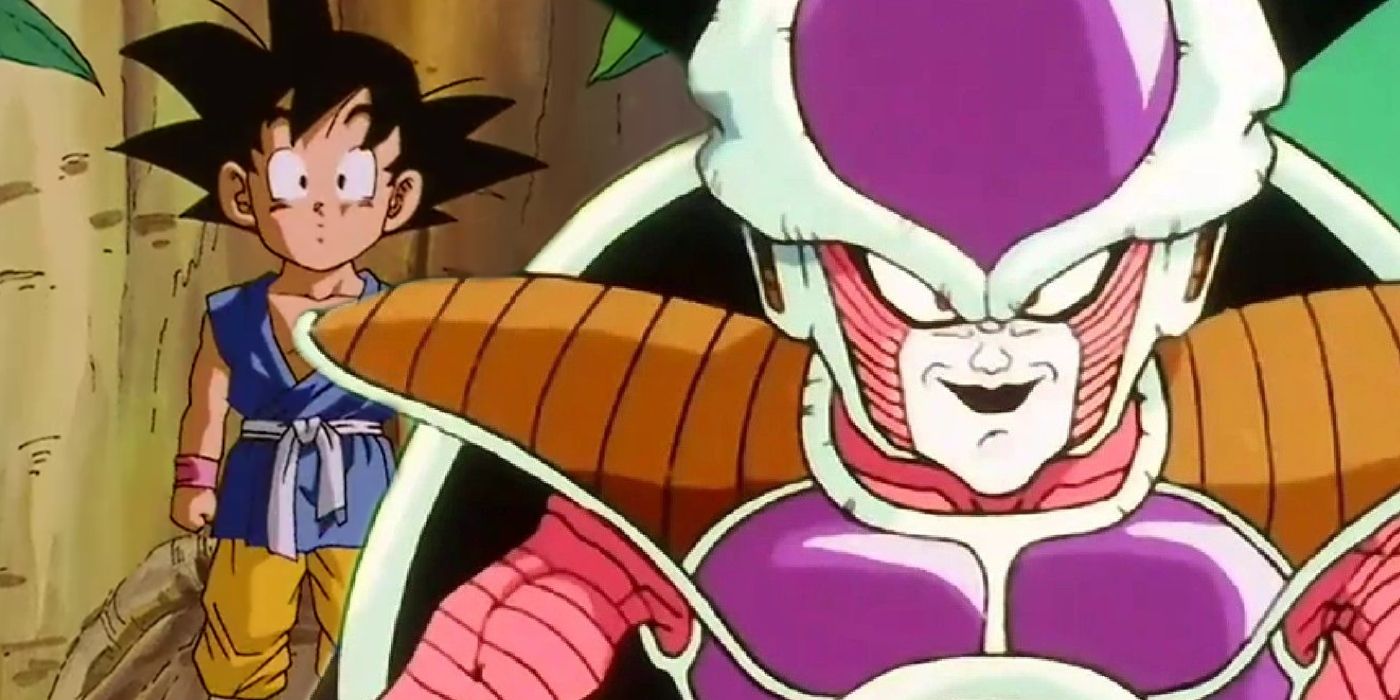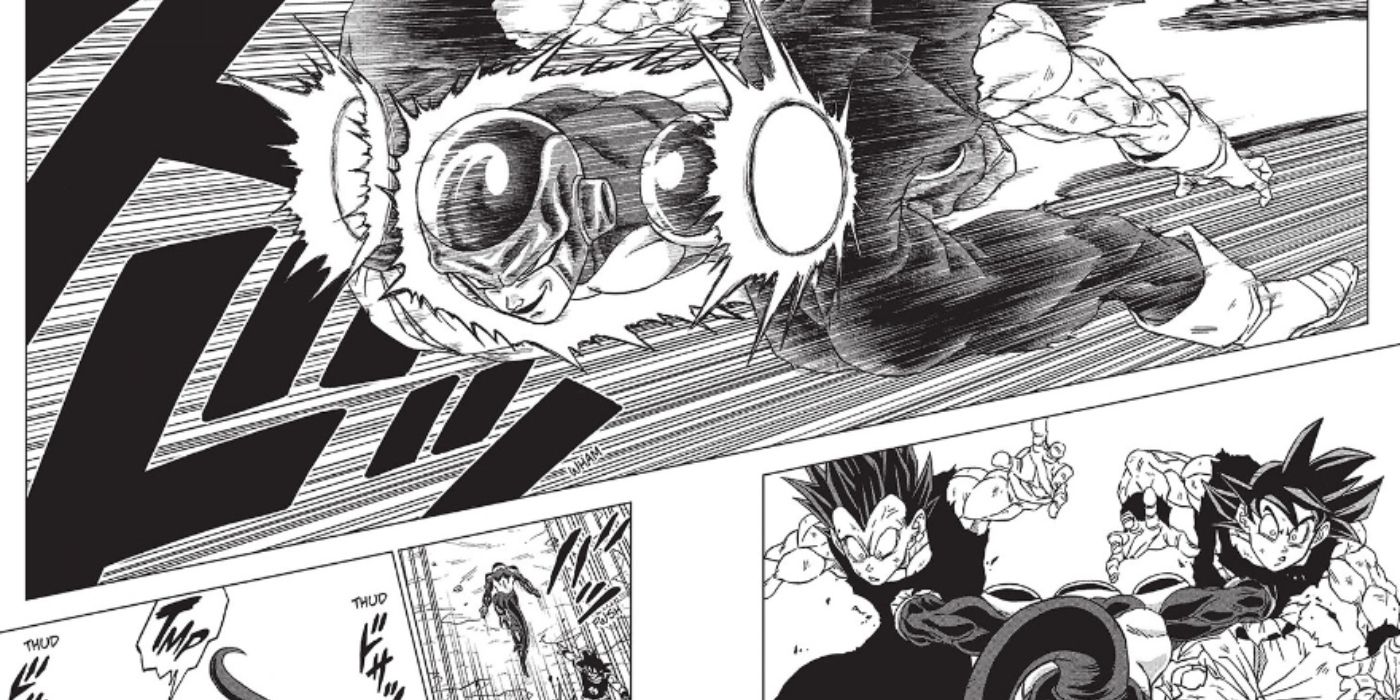This article contains spoilers for Dragon Ball Super chapter 87
Since it was first published, Dragon Ball Super has been compared to Dragon Ball GT since both series were sequels to the original Dragon Ball. However, most would agree that Super is a much more worthy sequel than GT ever was, not just because it is the canonical continuation, but also due to the series’ choices with character and story evolution as they related to where those characters and stories left off at the end of Dragon Ball. Unfortunately, despite the overwhelming consensus that Super is superior to GT, it seems as though Dragon Ball Super is actually repeating Dragon Ball GT’s biggest mistake.
Dragon Ball GT is an anime series that picks up years after the original Dragon Ball came to a conclusion, though unlike the original series, Dragon Ball GT originated as an anime and not a manga which automatically lessens its credibility as a legitimate Dragon Ball sequel in the eyes of many fans. However, despite the difference in story origin, Dragon Ball GT was initially fairly well-received by fans even though the first episode is definitely a regression for the series’ main character. In Dragon Ball GT season 1, episode 1, Emperor Pilaf steals the Dragon Balls and mistakenly wishes for Goku to be a little kid again, and for the rest of Dragon Ball GT, that is how Goku remained despite being a literal grandfather at that point and having been a full-grown adult throughout the entirety of the Dragon Ball Z anime.
In Dragon Ball Super chapter 87 by Akira Toriyama and Toyotarou, Goku and Vegeta have seemingly defeated a villain named Gas who was the strongest fighter in the universe. However, moments after the heroes think they have won and let their guard down, Gas reveals to still be alive with enough energy left to take on both Goku and Vegeta even with the Saiyans in their god-tier forms of Ultra Instinct and Ultra Ego respectively. While Gas was a challenge for the god-level Saiyans even in his weakened state, Frieza appears out of nowhere and obliterates Gas. Frieza then powers up to his newly attained form known as Black Frieza and takes down Goku and Vegeta simultaneously, who were, again, channeling divine energy taught to them by actual deities–proving that Frieza was once again a villain who was stronger than either Saiyan.
It seems as though both Dragon Ball sequels took significant steps backwards in pursuit of reclaiming the glory of the ‘good old days’. In the case of Dragon Ball GT, the show wanted to be more like the original Dragon Ball by making Goku a kid just as he was in the first series and making Pilaf responsible–a villain who was only ever a slight threat to Goku when the Saiyan was a child. Similarly, one of the greatest eras of Dragon Ball Z was the Frieza Saga which depicted Frieza as this untouchable villain who single-handedly wiped out the entirety of the Saiyan race and whose power was unmatched by anyone, and Dragon Ball Super seemingly wants to reestablish that status quo.
By making Frieza a villain whose power utterly outmatches both Goku and Vegeta, the entire Dragon Ball Super series is effectively thrown back in time to the early days of Dragon Ball Z where Frieza couldn’t be touched by the Saiyan warriors. This is the same thing Dragon Ball GT did when Goku was turned into a little kid again, something that was met with massive controversy within the fandom. While Dragon Ball Super’s regression isn’t quite as drastic, it seems as though the series is making the same mistake as Dragon Ball GT–choosing to revisit storylines from Dragon Ball's past rather than creating an exciting new future.
The latest chapter of Dragon Ball Super is available now on Viz Media!


